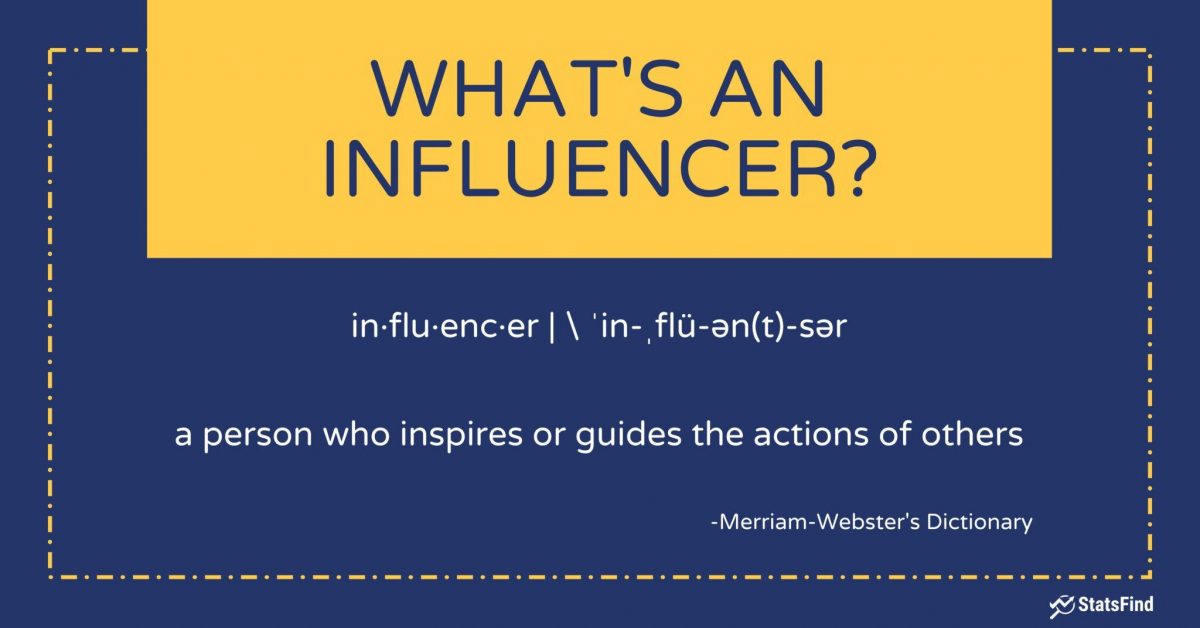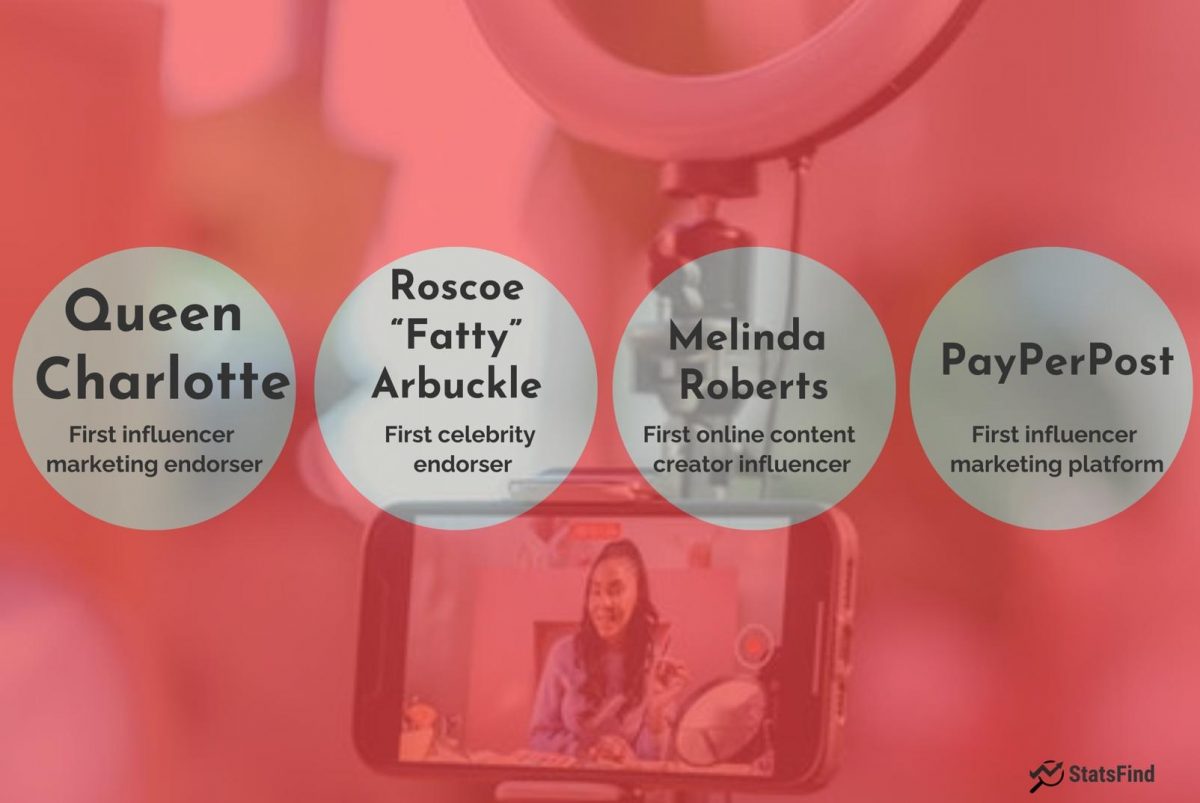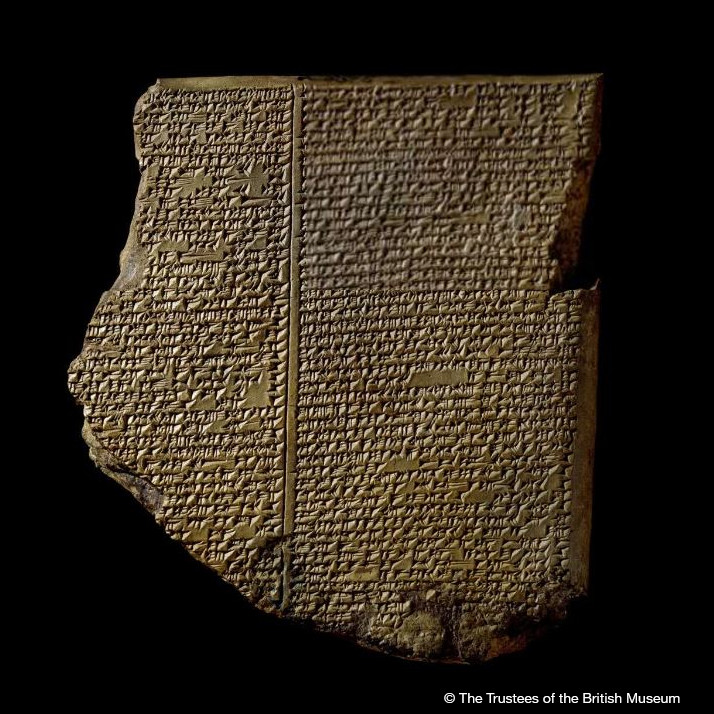Before 2016, the word influencer wasn’t in the dictionary. Now, it has a $13.8 billion market value. So, StatsFind asks: Who was the first influencer? How many influencer levels are there?
Understanding the influencer market’s history and the various audience reach levels may assist your marketing campaigns.
First, let’s review the definition of an influencer.
Highlights:
- An influencer is an individual that people regard as an expert in their field and who has a relatively significant number of followers. People trust their views and their endorsements.
- Queen Charlotte was the first influencer in modern marketing.
- PayPerPost.com launched in 2006 and pays bloggers for creating content for brands. PayPerPost became the first influencer marketing platform.
- Influencer types are nano, micro, mid-tier, macro, and mega.
What’s an influencer?
An influencer is an individual that people regard as an expert in their field and who has a relatively significant number of followers. People trust their views and their endorsements. Examples of influencers are actors, athletes, and bloggers.
Businesses show interest in experts with a significant influence and presence on social media. Consider these statistics:
- 75% of marketers dedicate a budget to influencer marketing.
- 90% of businesses believe influencer marketing to be an effective campaign strategy.
- 72% of businesses consider the quality of customers from influencer marketing campaigns superior to other marketing types.

Who was the first influencer?
Well, what do we mean by “the first influencer”? Are we talking about the first influencer ever in the history of humankind? If that were the case, it wouldn’t be easy to determine. Maybe it’s Gilgamesh, Muhammad or perhaps Moses. Instead, we’ll break down influencer “firsts” throughout modern history as they relate to marketing.
- Queen Charlotte of England – A potter named Josiah Wedgwood won a competition in 1765 to create a tea set for Queen Charlotte, wife of King George III. The Queen was so enthralled with Wedgwood’s cream-colored wares that she declared him “Her Majesty’s Potter.” He leveraged this to create a luxury brand that people sought after. He expanded his business by exporting to the colonies. Rumor has it that even George Washington ordered a set. As a result, Josiah Wedgwood gained the title of “father of modern marketing.” This account would make Queen Charlotte the first influencer in modern marketing.
- Roscoe “Fatty” Arbuckle – Arbuckle was a famous actor during the silent film era, second in popularity to Charlie Chaplin. In 1905, Murad Cigarettes, a Turkish brand, partnered with Arbuckle to promote their cigarettes. Thus, Arbuckle became the first recorded celebrity endorsement. Businesses then realized how influential celebrities were in promoting products.
- Melinda Roberts – In 2002, Melinda Roberts started a blogging website called TheMommyBlog.com. There she shared her parenting stories, provided tips for child-rearing, and, yes, promoted products. Her stories attracted 20,000 monthly visitors and caused a rise in “mommy bloggers.” She’s since published several books and appeared on Oprah.
- Ted Murphy – An entrepreneur named Ted Murphy noticed that content creators were influencing public perception strongly. In 2006, Murphy launched the website PayPerPost.com, which pays bloggers for creating content for brands. PayPerPost became the first influencer marketing platform.

How many influencer levels exist?
There are five influencer levels, each depending on the individual’s number of followers on a social platform.
1. The nano-influencer
A nano-influencer has between 1,000 and 10,000 followers. Nano-influencers are attractive to marketers since they are much more cost-effective than the other influencer tiers. Sometimes, businesses can offer nano-influencer free products or discounts as compensation for their endorsements.
2. The micro-influencer
A micro-influencer has between 10,000 and 50,000 followers. Micro-influencers tend to have higher engagement rates than their higher-tiered counterparts. Consider these statistics:
- On Instagram, micro-influencers have an engagement rate of 3.86% (average), and that rate falls at every influencer level, bottoming out at 1.21% for mega-influencers.
- Micro-influencers receive a 17.96% average engagement rate on TikTok, compared to 4.96% for mega-influencers.
- On Instagram, there is a clear marketing preference (57.78%) for micro-influencers.
3. The mid-tier influencer
A mid-tier influencer has between 50,000 and 500,000 followers. Content from mid-tier influencers is typically polished and in tune with their audiences, lending genuineness and expertise to each post.
4. The macro-influencer
A macro-influencer has between 500,000 and 1 million followers. With macro-influencers, you are entering celebrity territory. Since these influencers gain many followers through their work or field, businesses can expect to pay much more to engage these individuals. However, macro-influencers will help with brand awareness.
5. The mega-influencer
A mega-influencer has more than 1 million followers and is the most expensive to obtain. Although mega-influencers provide incredible reach, the engagement rate decreases as the influencer’s follower count increases.
Did you enjoy finding out how many influencer levels there are?
Did you like these insights into influencer marketing? StatsFind regularly publishes articles from various fields, trending topics, and historical events that pique interest.


